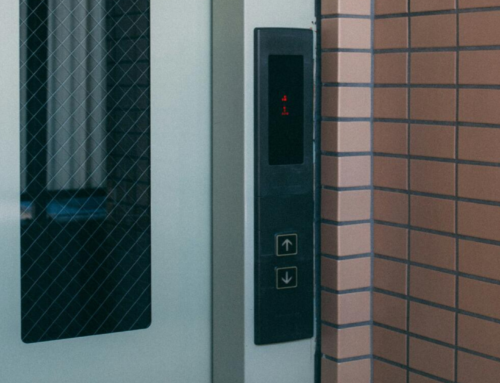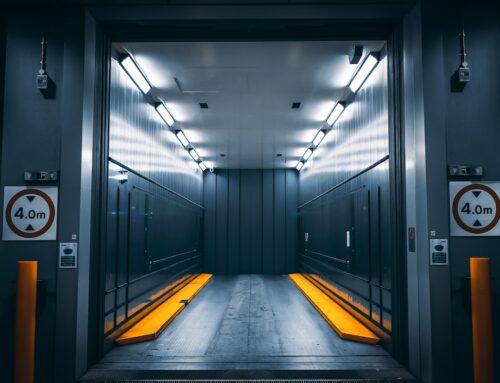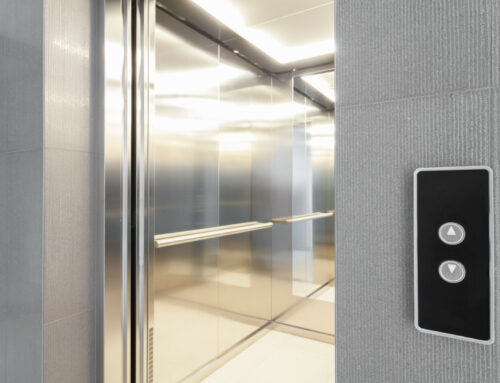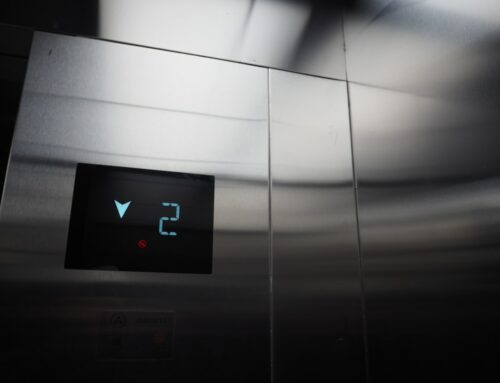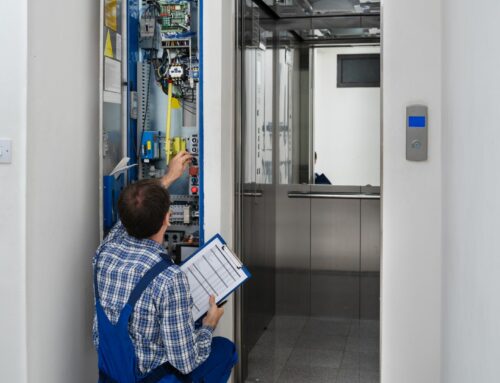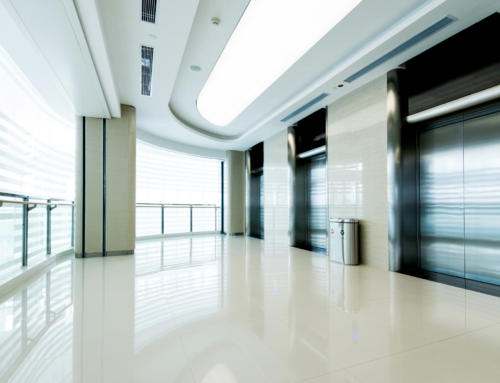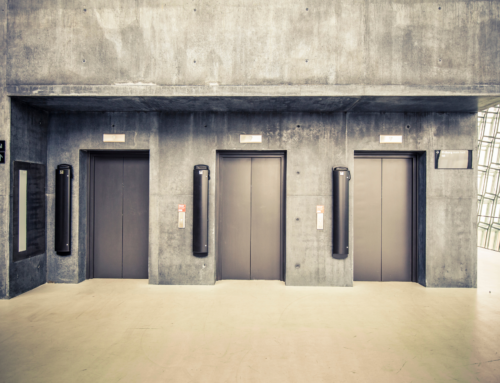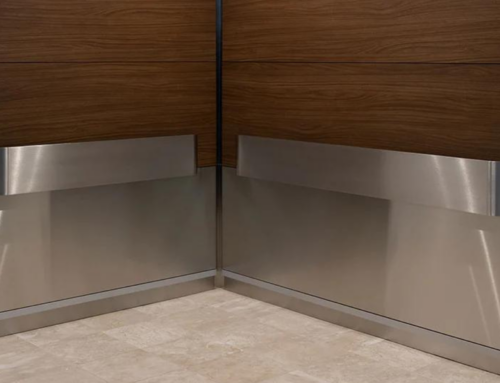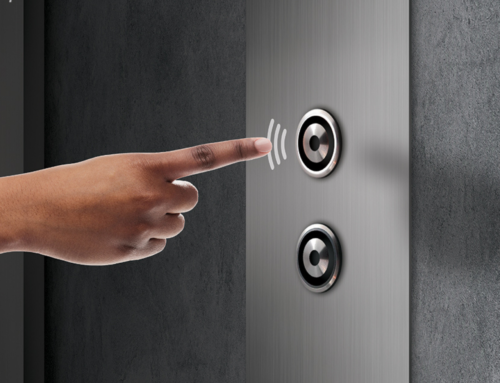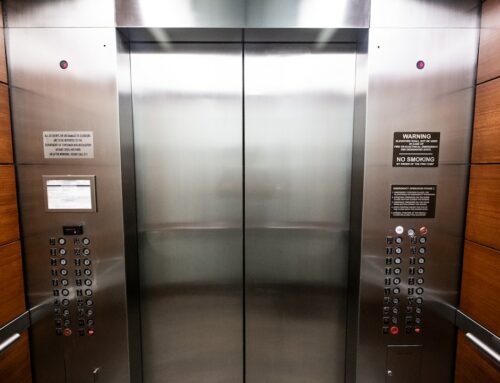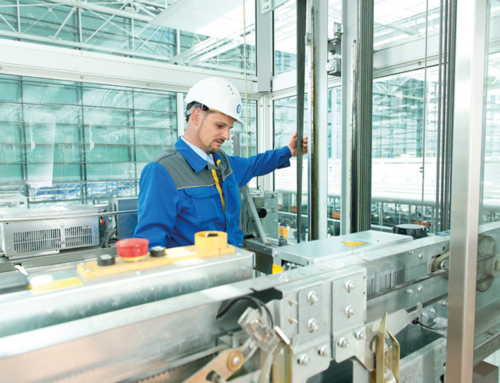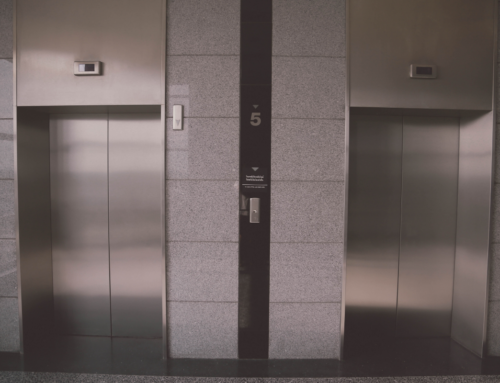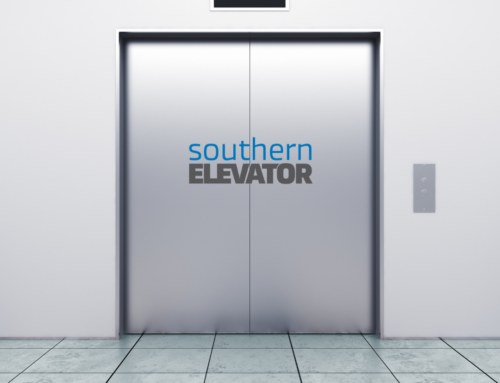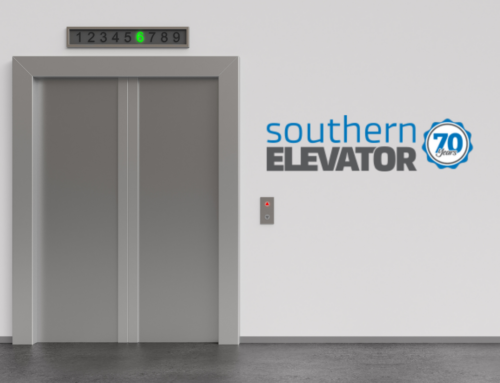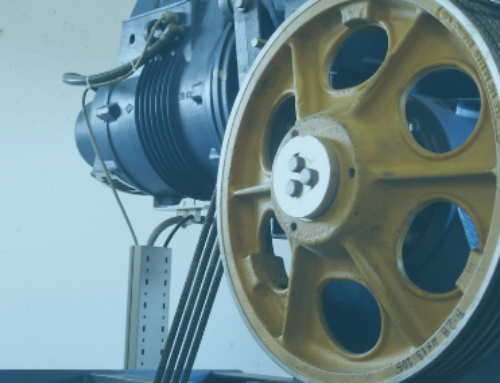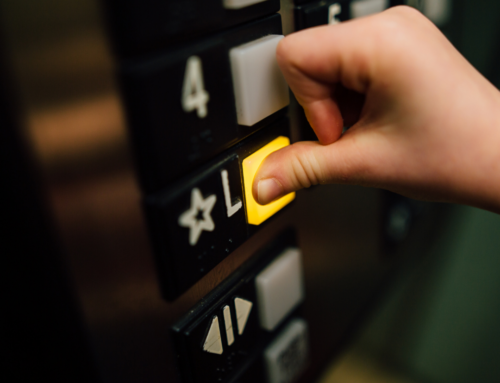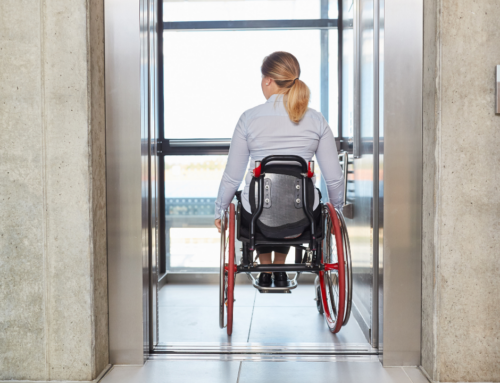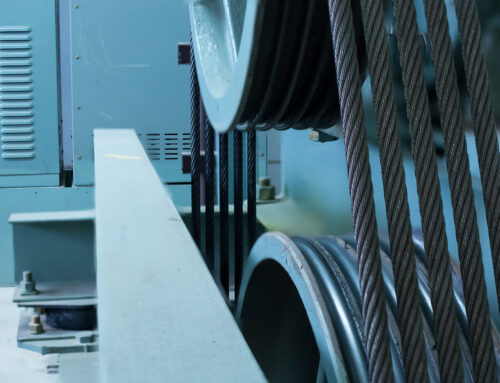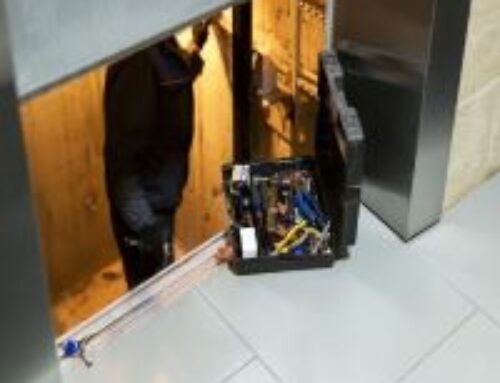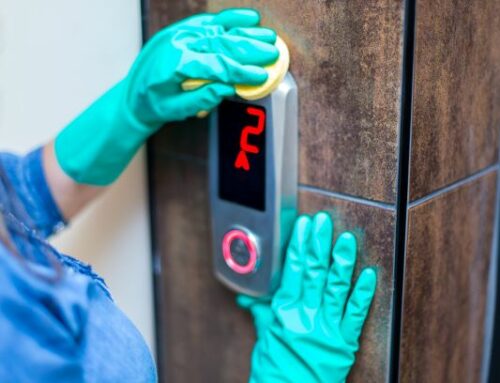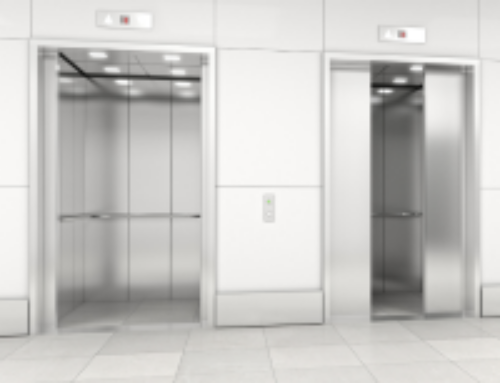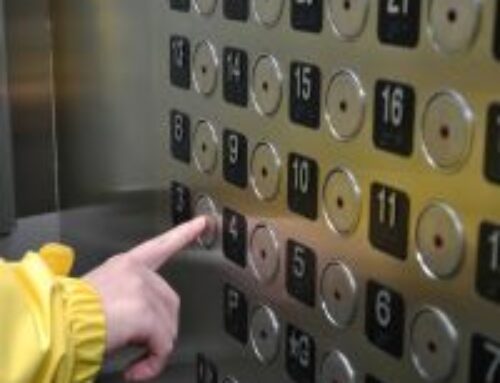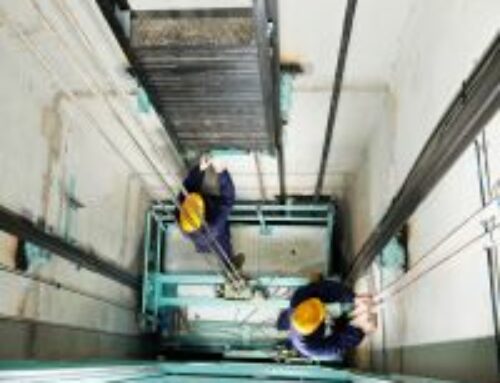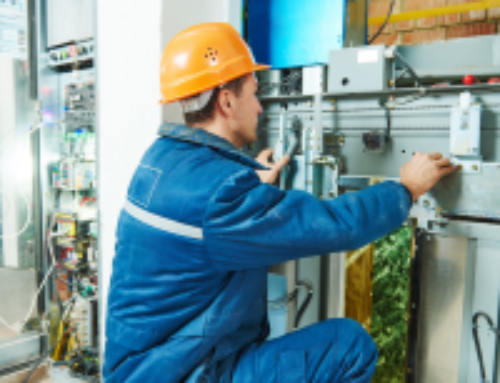Elevators are integral to modern buildings, providing convenient and efficient vertical transportation for residents, employees, and visitors. For that reason, commercial property managers must prioritize the maintenance and upkeep of these systems.
Recent years have seen a shift towards using digital technology to improve the management of elevators, and one such solution is digital elevator transparency.
This article provides an overview of how digital elevator monitoring works and discusses its benefits for building management.
How Digital Elevator Monitoring Works
Digital elevator monitoring involves using electronic sensors, software, and devices to monitor and control the usage of elevators. The system tracks the status, location, and operation of elevators. Digital elevator monitoring systems also identify and diagnose problems with the elevators.
These systems work as follows.
- The elevators have sensors that collect operation data, such as the position and speed of the car, how reliably the doors open, and so on.
- The sensors send the data to a central server or computer, which processes the information and sends it to a monitoring system.
- The monitoring system displays the data in a user-friendly interface, allowing technicians to assess the status of the elevators and identify any problems.
- If the system detects a problem, it alerts the technicians, who can then remotely diagnose the issue and take the appropriate measures.
- The technicians can also configure the system to automatically initiate maintenance or repairs when necessary, reducing downtime and improving the elevators’ reliability.
Commercial property managers often hire trained and certified elevator technicians or maintenance personnel to operate the building’s digital elevator monitoring systems. Alternatively, they may contract third-party elevator maintenance and repair company to provide these services
Benefits of Digital Elevator Monitoring
There are many benefits of switching over to a digital monitoring system for your elevator. These digital elevator monitoring systems benefit commercial buildings in several ways:
Digital Transparency
Some digital systems allow maintenance staff to monitor the performance of elevators remotely and diagnose and fix problems from elsewhere, improving the efficiency of maintenance and repair operations.
Enhanced Safety
Digital elevator monitoring systems can detect and alert maintenance staff to potential problems before they become serious, helping to prevent accidents and injuries.
Improved Reliability
Digital systems can help to reduce downtime by ensuring the building’s elevators run efficiently. Minimal disruptions are especially important in buildings with a high volume of elevator traffic.
Enhanced Passenger Experience
Digital systems can provide real-time information about elevator availability and wait times, helping to improve the experience of people using the elevators.
Energy Efficiency
Some digital systems include features that optimize the use of the elevator’s motors and other components to reduce energy consumption, helping to minimize energy costs.
Reduced Maintenance Costs
Digital systems can help to identify and diagnose problems more quickly, allowing maintenance staff to address issues before they worsen and cost more to repair.
These benefits enable commercial property managers to maximize elevator use.
The Future of Elevator Service Excellence
Digital elevator monitoring systems help to improve the efficiency and safety of elevator operations and can also help to reduce maintenance costs and downtime. Contact Southern Elevator to request services or ask questions.


